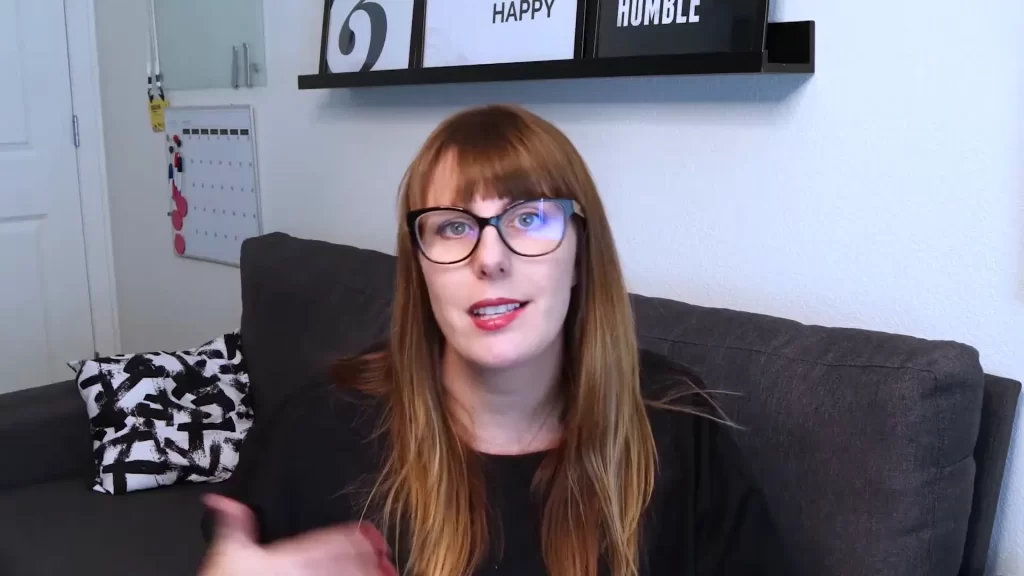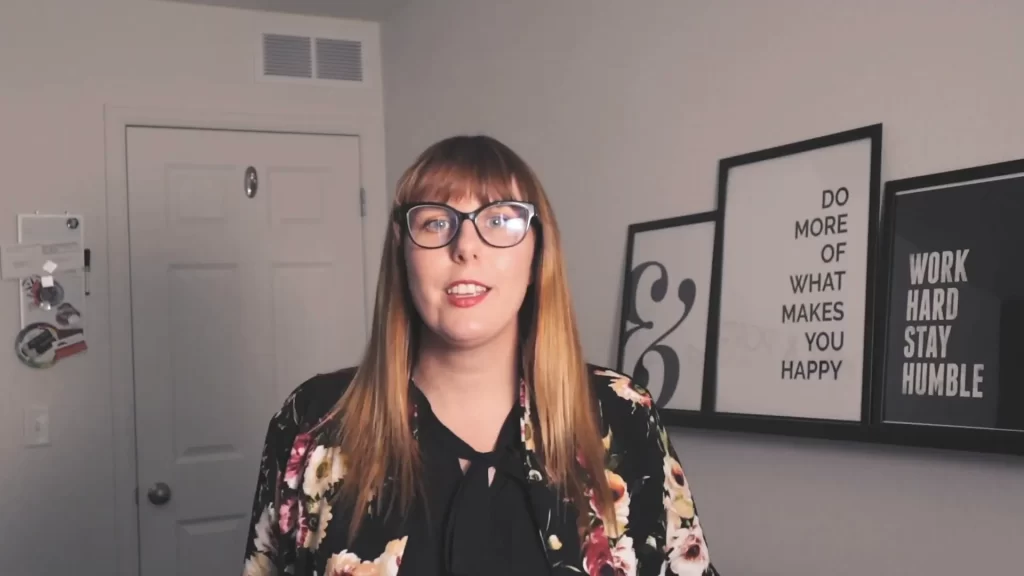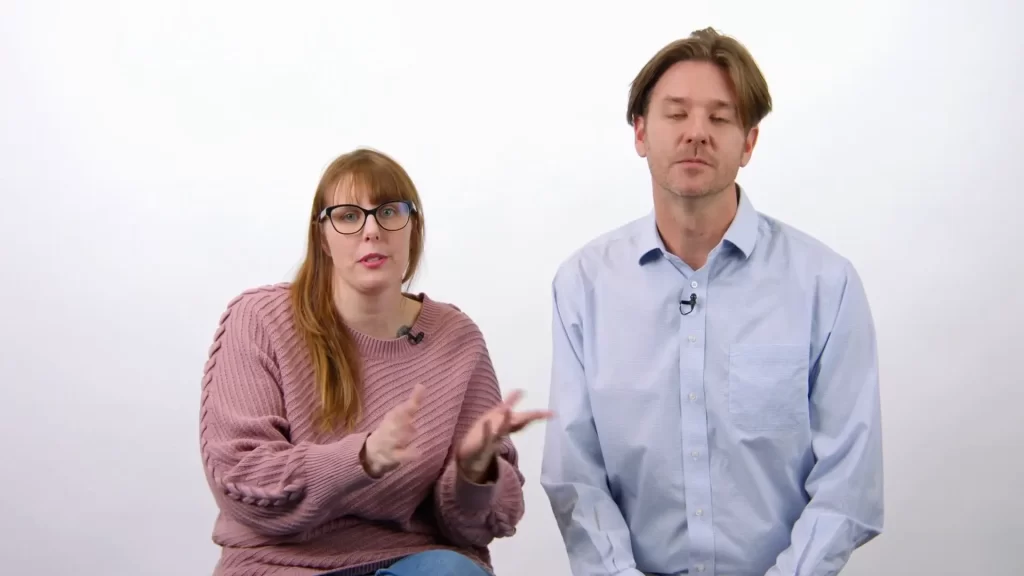Did you know that 61% of visitors leave a website in just five seconds if they don’t find what they need? This statistic hit me hard when I noticed potential customers disappearing from my own site. I remember staring at my analytics, baffled by a high bounce rate, even though I thought my website was great. What I learned changed everything. Today, I’ll walk you through the exact elements that decide whether visitors stay or leave within those crucial first five seconds.
Using eye tracking heat maps and real user feedback, I’ll reveal the invisible patterns behind visitor behavior and how you can transform your website into a place that captivates instantly—before that five-second window closes.

Table of Contents
The 5-Second Website Judgment
Your website is judged in less time than it takes to tie your shoes. Visitors make split-second decisions about your business before you even get a chance to win them over. This means your website has a tiny window to make a massive impact.
Most small business owners get this completely wrong. They spend weeks or even months obsessing over color palettes, fancy fonts, and that perfect shade of blue for buttons. While you’re busy perfecting these design elements, your visitors are looking for something entirely different.
The real problem isn’t about having an aesthetically stunning website—it’s about immediate clarity. Business owners often focus on intricate color schemes and elaborate fonts instead of addressing visitors’ core needs and questions.
This misplaced focus creates websites that look pretty but fail to communicate what your business actually offers.

How Visitors’ Eyes Move in the First Five Seconds
We used specialized eye tracking software to monitor exactly where visitors’ eyes move during those first critical seconds. Like a movie trailer that must hook viewers immediately, your website has one brief chance to capture attention.
The heat maps reveal a striking pattern most business owners aren’t aware of:
- Visitors glance at your logo for about 0.3 seconds—just long enough to confirm what site they’re on.
- They then move to your headline, spending around 1.2 seconds.
- Next, they look at your hero image for about 1.5 seconds.
- Finally, their eyes rest on your primary call to action (CTA) button for about 2 seconds.
That’s your entire window of opportunity. Visitors form their whole impression of your business before scrolling or clicking anything. Their decision to stay or leave is based solely on what they see without any interaction.

What Visitors Really Look For — Not Design, But Answers
Surprisingly, visitors spend very little time admiring design features. Pretty gradients, subtle animations, and fancy image carousels get barely a glance. Instead, visitors hunt for specific information that answers their immediate questions.
The biggest problem isn’t that your website isn’t visually appealing—it’s that it doesn’t answer your visitors’ core questions fast enough.
When someone lands on your website, they need to immediately understand what you offer and why they should care. If they can’t figure that out in those first few seconds, they’re gone—probably forever.
I call this the five-second clarity test. Failing it costs small businesses up to 60% of their potential customers.

What Visitors Are Asking Themselves in Those Critical Seconds
Now that you know how quickly visitors judge your site, the real question is: what exactly are they looking for? Your potential customers silently ask themselves three critical questions before deciding to stay or leave. Most small business websites completely miss answering these.
Their subconscious processes your site’s information at lightning speed, deciding if they should invest more time or hit the back button.
1. Am I in the right place?
This is fundamental. Visitors need immediate confirmation that your website matches their search intent. I once reviewed a local photography studio’s website that had beautiful images but a headline that simply said “Welcome.” This forced visitors to work harder to figure out if they found what they were looking for.
Your headline must explicitly state what you do and who you serve. When this confirmation is missing, visitors assume they’ve landed in the wrong place and bounce instantly.

2. What exactly do you offer?
Many business websites use vague statements or industry jargon instead of clear descriptions. Visitors want to know precisely what service or product you provide.
3. Why should I choose you?
This is where your unique value proposition comes in. What makes your business different from the competitors they could visit next? Can you solve their problem better or faster?
One business owner was shocked when I showed him his analytics. “They’re leaving after five seconds,” he said, “but my design is beautiful.” That’s exactly the problem. Beautiful design can work against you if it fails to answer these critical questions.
For example, one client had an elaborate animated intro that impressed colleagues, but confused clients who just wanted to know if the company could solve their specific problem.
The solution wasn’t a full redesign. It was simply ensuring these three questions were answered clearly at first glance.
The Power of Above the Fold: Your Digital Storefront Window
While beautiful design might impress colleagues, what convinces visitors to stay happens in a very specific area: the space they see without scrolling at all. This “above the fold” section is your digital storefront window and is guaranteed to be seen by 100% of your visitors.
Yet I’m constantly amazed at how many small businesses waste this prime digital real estate on elements that do nothing to convert visitors into customers.
Common wastes include giant stock photos that say nothing about the business, navigation menus that take up half the screen, or enormous image sliders that nobody clicks.
Every pixel in this area is valuable, and there’s a specific formula for what should appear there.
The 5 Essential Elements Above the Fold
After designing hundreds of successful small business websites, I’ve identified five essential elements that must appear above the fold to keep visitors engaged:
- Headline: This is the foundation. It needs to explicitly state what you do and who you serve in eight words or less. For example, “Custom websites for service-based businesses” immediately clarifies both what you offer and who you serve, whereas “Professional web solutions” tells visitors almost nothing.
- Subheadline: This expands on your headline by explaining your unique value proposition. For instance, a bakery could change their subheadline from “Quality baked goods” to “Handcrafted pastries made fresh daily, taste the difference.” This simple tweak can significantly increase inquiry rates.
- Primary Call to Action (CTA): Your CTA needs to stand out visually and offer a low-commitment next step. For example, a photography studio might switch “Contact Us” to “View Our Portfolio” as their main button.
- Trust Indicators: These establish immediate credibility. A home renovation company might add “Winners of three Regional Excellence Awards” above the fold to boost conversions.
- Relevant Image: Use an image that supports your message. For example, an accounting firm replacing a generic office photo with an image of a relieved business owner saw engagement rise substantially.

Why The Headline Is Your Most Critical Element
Research shows the headline is by far the most critical element in this formula. A clear, outcome-focused headline can transform your website’s performance—even if the design is relatively simple.
The key is focusing on what the customer gets, not just what you do.
The good news? Implementing this formula doesn’t require a complete website redesign. Often, it’s simply rearranging elements you already have and refining your messaging to ensure your digital storefront immediately answers the critical questions every visitor asks within seconds.
Clarity Beats Pretty Every Time
So we settled the age-old debate between pretty design and clear messaging. The research doesn’t lie: websites focused on clarity consistently outperform those prioritizing aesthetics alone.
Design matters—significantly—but clarity trumps everything. When visitors can immediately understand what you offer and why it matters to them, they stick around.
For small businesses, this clarity-first approach prevents losing precious visitors to confusion. Remember, 61% leave within five seconds if confused.
A beautiful website without clear communication is like a maze with no exit—visually impressive but ineffective for growth.
Take Action: Is Your Website Ready for the Five-Second Test?
Have you redesigned your website for clarity? If not, it’s time to rethink your approach. Focus on answering those three critical questions above the fold with a clear headline, compelling subheadline, strong CTA, trust indicators, and relevant imagery.
Your website is your business’s digital storefront. Don’t waste it on pretty distractions. Make it a client-converting machine by prioritizing clarity over aesthetics.
If you’re ready to transform your website quickly, consider working with experts who specialize in creating clear, effective WordPress sites. You can get a custom-designed WordPress website for your business in just one week with personal service and support included.
Stay connected for more tips and inspiration by following Modernize My Site on Facebook, Instagram, or LinkedIn.









